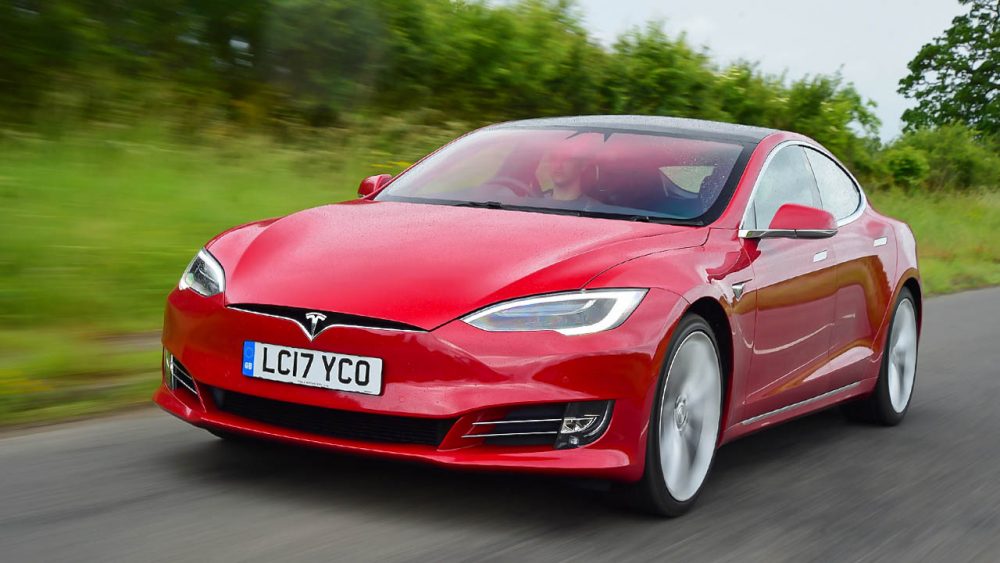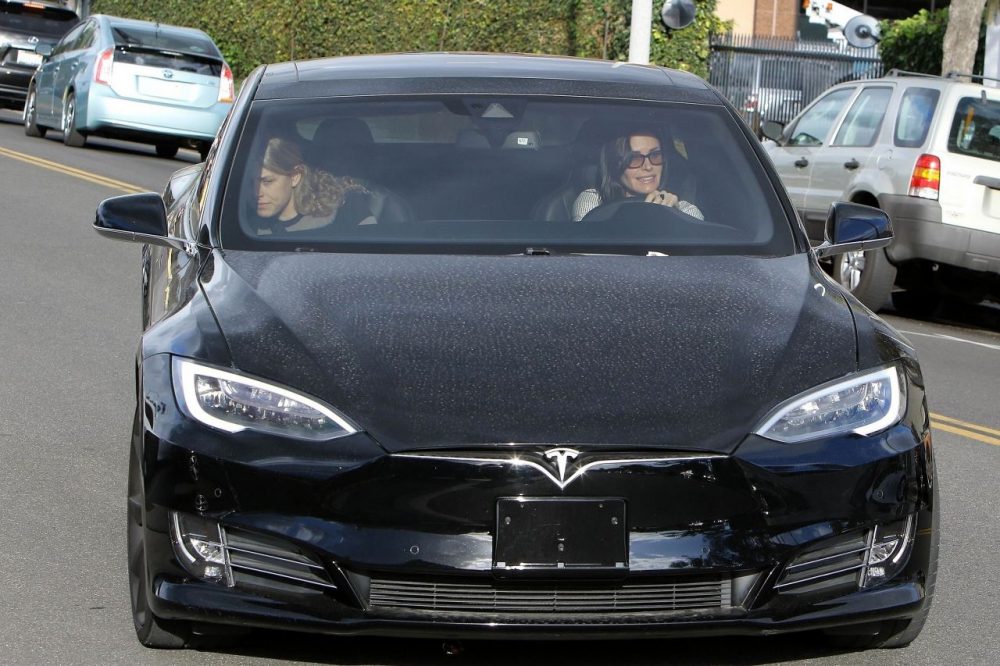The future of the automotive industry lies in innovation and out of the box thinking. From electric vehicles, to park assists, each innovation takes the automotive industry a leap forward. And talking about innovation, Tesla is a name that is synonymous with the breakthrough automotive revolution.
But with a recent event that killed two passengers in a Tesla that wasn’t being driven by a driver, makes us wonder whether Tesla’s technology is actually foolproof or not? Well, the answer to this question lies in the technology itself. So here’s how Tesla’s Autopilot works.

What is Tesla Autopilot?

Simply put, Tesla’s “Autopilot” is an optional driver-assisting program onboard Tesla cars that will eventually turn electric cars into fully self-driving machines in the near future. In its current form, autopilot mode enables Tesla vehicles to adjust speed, detect nearby obstacles, self-steer, and apply brakes and even park. Using sophisticated technology through a combination of radar, ultrasonic sensors, cameras and GPS, the auto-pilot technology makes Tesla cars, capable enough to drive on their own. In fact, each Tesla manufactured since October 2016, can support full self-driving capabilities.
What can Tesla’s Autopilot do?

The latest version of Tesla’s autopilot system, Dubbed as Enhanced Autopilot, offers state-of-the-art driver-assist features that are largely designed to help highway driving. Some of these top-notch autopilot features include:
- Traffic-Aware Cruise Control: This feature allows Tesla’s to drive at a current speed limit, adjusting speeds for cars in front and road bends, keeping a safe distance from cars ahead. The Traffic-Aware Cruise Control can also observe cars in front and respond accordingly.
- Auto-Steer: This feature engages and enables the Traffic-Aware Cruise control to maintain speeds steer the vehicle in its current lane. It relies heavily on technical data which includes steering angle and rate, along with vehicle speed, to determine how to control the car.
- Side Collision Warning: This is a safety-cum-autopilot feature that alerts drivers to objects that are too close to the side of the vehicle. When the vehicle detects an object too close to its side the Instrument Panel will show an alert to the driver.
- Auto Lane Change: As the name suggests, these features enable Tesla to automatically change lanes when the Auto-steer feature is engaged. Switching the turning signal will make the Tesla automatically move to the adjacent lane when safe.
- Smart Summon: The summon feature allows a smartphone application to automatically park in/ retrieve a Tesla from a home garage or driveway.
- Autopark: As is evident from the name, the Autopark feature allows for automatic parallel parking, as well as the capabilities to automatically spot parking spots when driving at low speeds.

Sensors used in Tesla’s Autopilot
The key to Tesla’s groundbreaking self-driving technology are the high-grade sensors that make it all possible. The sensors onboard a Tesla allow its computer to build a detailed and real-time picture of its surroundings, allowing Tesla’s to be fully aware of everything around it.
The Enhanced Autopilot and Full Self-Driving Capability on-board new generation Tesla rely on the following sensors:
- Eight surround cameras: The radar system onboard the Tesla is complemented by four forward-facing cameras on a Tesla’s windshield, two rear cameras and two side focusing cameras. These cameras consist of a narrow camera, a main camera, and a wide-angle camera and a supporting camera.
- Forward-looking radar: The forward-looking radar used by Autopilot can capture and process surroundings up to 160m ahead of the car. According to Tesla, this sensor can see through sand, snow, fog and almost anything in its way. The forward-looking radar is one of the primary sensor used to detect the vehicle’s surroundings, along with supporting cameras.
- Sonar Sensor: Tesla vehicles are also equipped with a 360-degree, ultrasonic sonar sensor that detects obstacles in an 8 metre radius around the car. These ultrasonic sensors can detect objects like a child or an animal, and work at any speed. This feature also enables the vehicle to detect objects in blind spots and assist the car when automatically switching lanes.
- GPS: A satellite navigation system can detect the car’s position on the road, for navigation purposes.

Does Autopilot turn Tesla into a fully self-driving vehicle?
Well, this is where your diligence comes in. Currently, Tesla’s Autopilot is not rated as a fully self-driving system. Instead, it is classed as a Level 2 automated system. This means that Tesla’s are capable of “combined automated functions, like acceleration and steering”. While Tesla’s autopilot feature may be able to self-drive the vehicle, it not only recommended but also crucial that a human driver must at all times sit behind the steering because Tesla’s autopilot isn’t 100% foolproof. Thus enjoying responsibly is the only way out!
Also Read: Tesla Finally Sets Foot In India. Sets Up New R&D Division In Bengaluru

Stay Updated: Skoda Octavia vs Hyundai Verna | The Sporty Sedan Comparision





